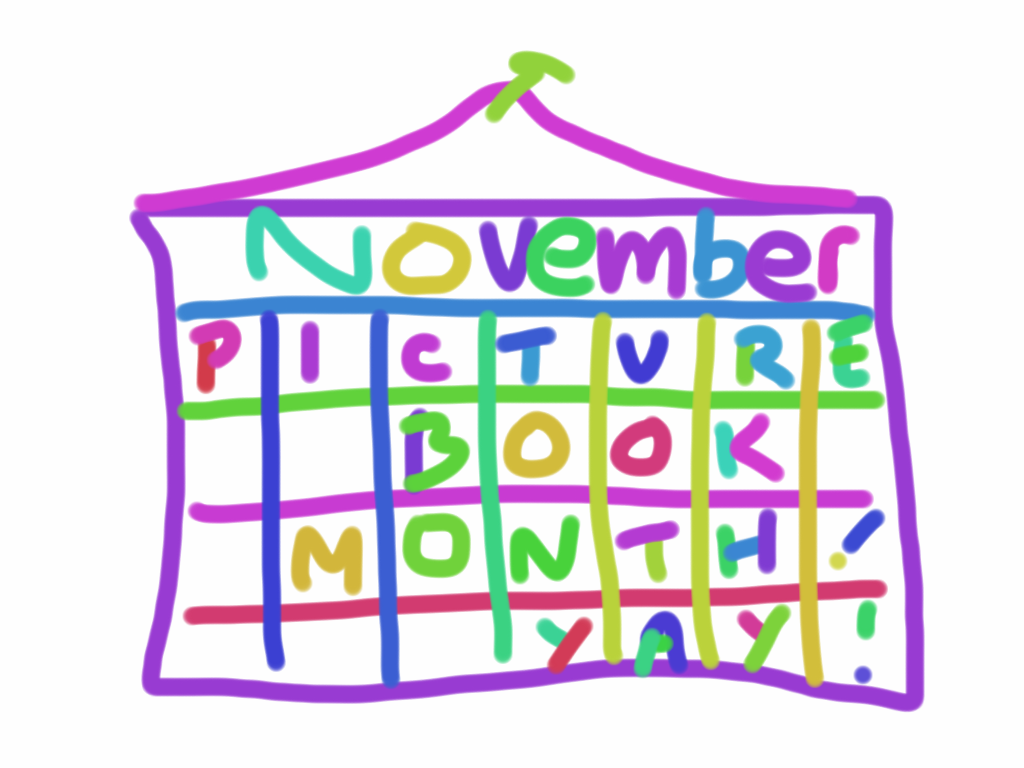Real World Portfolios
There has been some concern that since electronic art is so prevalent, people who work in traditional media may not have the same promotional advantages as those more digitally inclined. Well, I have good news for you art Luddites out there. (You know who you are: you illustrators who paint with…what’s that stuff called? Oh yeah, paint.) Digital may seem like it’s everywhere, but good old fashioned paper has not gone the way of rotary phones and spam (the “meat” kind).
The same goes for portfolios — the kind you can actually hold in your hands. To make an incredibly broad generalization, there are two kinds of portfolios, commercial and children’s publishing (in other words, commercial would be anything other than kid’s books/magazines such as movie work, design and advertising, animation, medical, historical, etc.) The kind of book you submit depends on the kind of work you’re trying to get, obviously. You wouldn’t want to submit a portfolio full of spot art if you’re hoping to land a gig illustrating a trade picture book.
On one hand, Little Brown Associate Editor Alvina Ling says, “If you have different styles, I think it’s beneficial to have them all in the portfolio because you never know what will spark an idea.” She continues, “For example, if I’m doing a book on Thomas Edison and I see a piece of a little boy with a light bulb, it might spark an idea that that style would work for my book.”
But what about the old adage that you should stick with one style in order to make yourself identifiable?
Meredith Johnson, a prolific illustrator (with dozens of books under her belt in just over three years), says, “As an illustrator I have not been asked for samples nor do I ever show a portfolio because of the internet. If people haven’t used you before, they might call you for specific things that they don’t see on the site.” But Meredith also worked as an art director (AD) for 23 years in the advertising industry. The AD in her says, “You should show one style in your book, but if you do show two or three, you need to show depth so as an art director, I know you didn’t just get lucky. In other words, can you sustain each style?”
This is a good thing to remember if you want to get into picture books. Alvina Ling says, “It’s good to include two or three paintings of the same character doing different things. If you haven’t done any books yet, choose a well-known fairy tale or poem and show how you’d interpret a text. If you do both people and animals, include both, but children are obviously a good thing to show.”
Across the board it’s important to have samples for editors and art directors to keep. “You have to do mailings, even if you have a web site, because it makes some noise,” Meredith admits. As an art director, she liked to see 15 of an illustrator’s best pieces. “If I liked one of them, I’d want to stick a card or tear sheet in my file. It really helps to do a mailing every 3, 4, or 6 months. It keeps you in the front of the AD’s mind. When a job comes up, I don’t want to be digging too deeply for who I’m going to use.”
Wearing her illustrator hat, Meredith has sent out her own mailers, including kits with tear sheets, color copies of favorite illustrations, and collage pieces compiled from books she has illustrated. In order to help “brand” herself, she had envelopes printed with black line illustrations on the front. Whenever it’s time to send out a mailing, she grabs a stack and gets the work out.
Alvina, on the other hand, will make appointments with people, and go over their work in person. She says,
“Artists come in and show their portfolios, rather than mailing them, because of the danger of things getting lost. We don’t accept original art, and prefer color copies and tear sheets. We get samples from all over the world.” She added that portfolios do get dropped off at the art department (of course call first beforehand), and art directors like that because they can take their time to review the work. “However,” she added, “sending samples as opposed to a portfolio is preferred.”
Presentation, plus good content, is important. “A nice presentation will be noticed. Try to do a creative job (though not gimicky or hokey). Nice and artistic does the trick.”
Remember, if you don’t live anywhere near the people who could hire you, and you must mail your portfolio, make sure to include an SASE. But consider the advice both these experts have offered. Get your samples made, or make them yourself, and send out those mailings!



